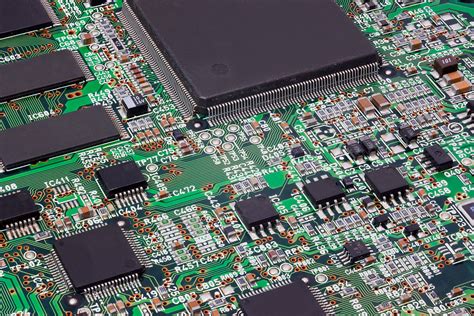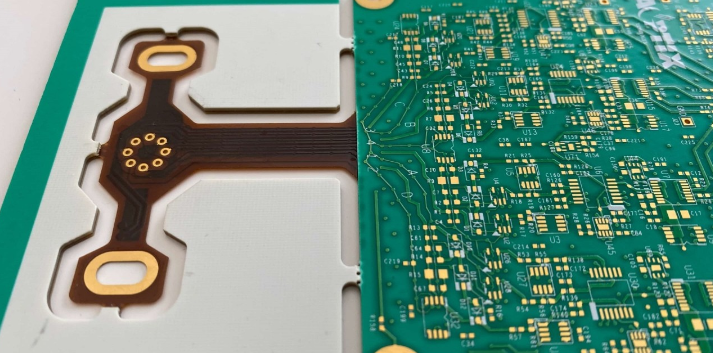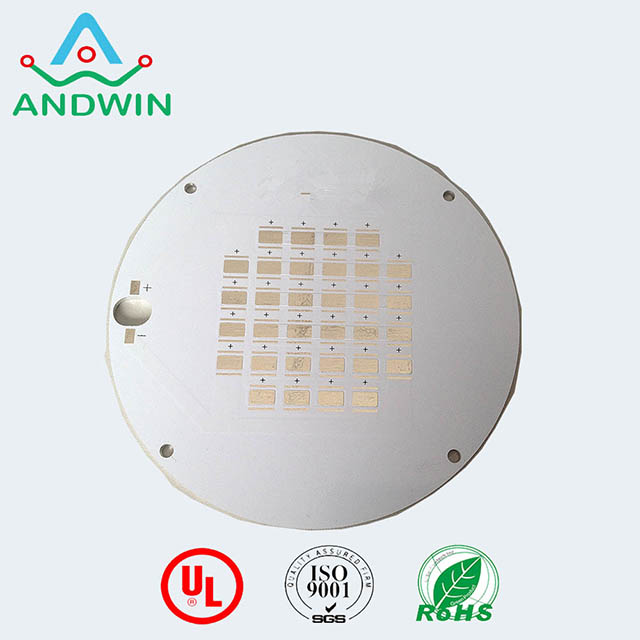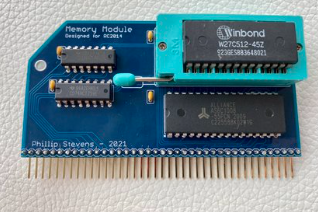Pcb copper pad
Importance Of Copper Pads In PCB Design
In the realm of printed circuit board (PCB) design, the significance of copper pads cannot be overstated. These small yet crucial components serve as the foundation for the electrical connections that enable the functionality of electronic devices. Copper pads, often referred to as solder pads, are the areas on a PCB where components are soldered. They provide the necessary interface between the electronic components and the conductive traces that interconnect them, ensuring a reliable and efficient electrical pathway.
To begin with, copper pads are essential for establishing robust mechanical and electrical connections.
When components are soldered onto these pads, the solder forms a strong bond that holds the components in place, preventing them from shifting or detaching during operation. This mechanical stability is vital for the longevity and reliability of the electronic device. Furthermore, the electrical connection facilitated by the copper pads ensures that signals and power are transmitted accurately and efficiently between components, which is critical for the proper functioning of the circuit.
Moreover, the quality and design of copper pads play a pivotal role in the overall performance of the PCB.
The size, shape, and placement of these pads must be meticulously designed to accommodate the specific requirements of the components they will support. For instance, surface-mount technology (SMT) components require precise pad dimensions to ensure proper alignment and soldering. Inadequate pad design can lead to issues such as poor solder joints, which can cause intermittent connections or complete circuit failure. Therefore, careful consideration of pad design is imperative to achieve optimal performance and reliability.
In addition to their mechanical and electrical functions, copper pads also contribute to the thermal management of the PCB.
Electronic components generate heat during operation, and effective heat dissipation is crucial to prevent overheating and potential damage. Copper, being an excellent conductor of heat, helps to distribute and dissipate this heat away from the components. By optimizing the size and layout of copper pads, designers can enhance the thermal performance of the PCB, thereby improving the overall reliability and lifespan of the electronic device.
Furthermore, the choice of materials and manufacturing processes for copper pads can significantly impact the quality and durability of the PCB.
High-quality copper with minimal impurities is essential to ensure consistent electrical conductivity and solderability. Additionally, advanced manufacturing techniques, such as electroplating and etching, are employed to create precise and uniform copper pads. These processes ensure that the pads have smooth surfaces and well-defined edges, which are crucial for achieving reliable solder joints and preventing issues such as solder bridging or tombstoning.
It is also worth noting that the ongoing advancements in PCB technology continue to influence the design and utilization of copper pads.
As electronic devices become more compact and complex, the demand for smaller and more densely packed components increases. This trend necessitates the development of innovative pad designs and manufacturing techniques to accommodate the shrinking form factors while maintaining high performance and reliability. Consequently, staying abreast of the latest developments in PCB technology is essential for designers and manufacturers to ensure that their copper pad designs meet the evolving requirements of modern electronic devices.
In conclusion, copper pads are indispensable elements in PCB design, serving as the critical interface between electronic components and the conductive traces that interconnect them. Their role in providing mechanical stability, electrical connectivity, and thermal management underscores their importance in ensuring the performance and reliability of electronic devices. By meticulously designing and manufacturing copper pads, and by keeping pace with technological advancements, designers can create PCBs that meet the stringent demands of contemporary electronics.

Techniques For Ensuring Reliable Copper Pad Connections
Ensuring reliable copper pad connections on printed circuit boards (PCBs) is a critical aspect of electronic device manufacturing. The integrity of these connections directly impacts the performance and longevity of the final product. To achieve this reliability, several techniques must be employed, each addressing different stages of the PCB production process.
One fundamental technique is the meticulous design of the copper pads themselves.
Proper pad design involves considering the size, shape, and spacing of the pads to ensure they can accommodate the components and provide sufficient surface area for soldering. For instance, using larger pads can enhance the mechanical strength of the solder joints, while appropriate spacing helps prevent solder bridging and short circuits. Additionally, incorporating thermal relief patterns can mitigate the risk of thermal stress during soldering, which is crucial for maintaining the integrity of the connections.
Transitioning from design to material selection, the choice of copper foil is paramount.
High-quality copper foil with uniform thickness and minimal impurities ensures consistent electrical conductivity and mechanical strength. Furthermore, the adhesion of the copper foil to the substrate must be robust to prevent delamination, which can lead to connection failures. Employing advanced copper plating techniques, such as electroplating or electroless plating, can enhance the adhesion and overall quality of the copper pads.
Moving forward, the surface finish of the copper pads plays a significant role in ensuring reliable connections.
Various surface finishes, such as Hot Air Solder Leveling (HASL), Electroless Nickel Immersion Gold (ENIG), and Organic Solderability Preservatives (OSP), offer different advantages. For example, ENIG provides excellent surface planarity and corrosion resistance, making it suitable for fine-pitch components and high-reliability applications. On the other hand, HASL is cost-effective and provides good solderability, though it may not be ideal for very fine-pitch components due to its uneven surface.
In addition to surface finishes, the soldering process itself is crucial for reliable copper pad connections.
Employing precise temperature control during soldering ensures that the solder melts and flows properly, forming strong metallurgical bonds with the copper pads. Techniques such as reflow soldering and wave soldering are commonly used, each with its own set of parameters that must be carefully controlled. For instance, reflow soldering requires a well-defined temperature profile to prevent issues like tombstoning or insufficient wetting, while wave soldering necessitates proper flux application and wave height adjustment to achieve consistent solder joints.
Furthermore, post-soldering inspection and testing are indispensable for verifying the reliability of copper pad connections.
Techniques such as Automated Optical Inspection (AOI) and X-ray inspection can detect defects like solder voids, insufficient solder, or misaligned components. Electrical testing, including continuity and functional tests, ensures that the connections are electrically sound and meet the required specifications. Implementing these inspection and testing methods helps identify and rectify issues early in the production process, thereby enhancing the overall reliability of the PCB.
Lastly, environmental considerations must not be overlooked.
Factors such as humidity, temperature fluctuations, and exposure to corrosive substances can degrade copper pad connections over time. Applying conformal coatings or encapsulants can protect the PCB from environmental stressors, thereby prolonging the lifespan of the connections. Additionally, designing for thermal management, such as incorporating heat sinks or thermal vias, can prevent overheating and subsequent damage to the copper pads.
In conclusion, ensuring reliable copper pad connections on PCBs involves a comprehensive approach that spans design, material selection, surface finishing, soldering processes, inspection, and environmental protection. By meticulously addressing each of these aspects, manufacturers can achieve high-quality, reliable connections that are essential for the optimal performance and durability of electronic devices.
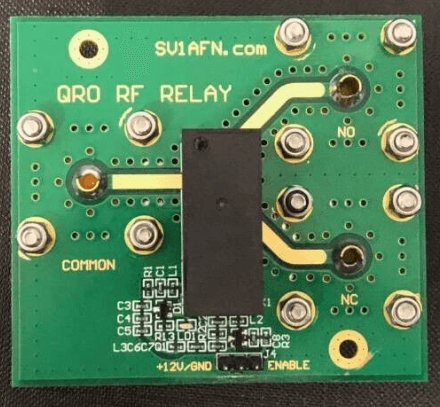
Common Issues With PCB Copper Pads And How To Avoid Them
Printed Circuit Boards (PCBs) are the backbone of modern electronic devices, and the copper pads on these boards play a crucial role in ensuring reliable electrical connections. However, several common issues can arise with PCB copper pads, potentially compromising the functionality and longevity of the electronic device. Understanding these issues and implementing strategies to avoid them is essential for manufacturers and engineers alike.
One prevalent issue with PCB copper pads is oxidation.
Copper is highly susceptible to oxidation when exposed to air, leading to the formation of a non-conductive layer on the pad’s surface. This oxidation can hinder solderability, resulting in poor electrical connections. To mitigate this problem, manufacturers often apply protective coatings such as HASL (Hot Air Solder Leveling), ENIG (Electroless Nickel Immersion Gold), or OSP (Organic Solderability Preservatives). These coatings not only protect the copper pads from oxidation but also enhance their solderability, ensuring robust connections.
Another common problem is the occurrence of pad lifting, where the copper pad detaches from the PCB substrate.
This issue is often caused by excessive heat during soldering or rework processes, mechanical stress, or poor adhesion between the copper and the substrate. To prevent pad lifting, it is crucial to control the thermal profile during soldering, ensuring that the temperature does not exceed the recommended limits. Additionally, using high-quality materials and ensuring proper adhesion during the PCB manufacturing process can significantly reduce the risk of pad lifting.
Solder bridging is another issue that can affect PCB copper pads.
This occurs when excess solder creates an unintended connection between adjacent pads, leading to short circuits. Solder bridging is often a result of improper solder paste application, incorrect stencil design, or excessive soldering temperatures. To avoid this problem, it is essential to use precise solder paste deposition techniques, design stencils with appropriate aperture sizes, and carefully control the soldering temperature. Implementing these measures can help ensure that solder is applied only where needed, preventing unintended connections.
Furthermore, the phenomenon of pad cratering can pose significant challenges.
Pad cratering refers to the formation of micro-cracks or voids beneath the copper pad, often caused by mechanical stress or thermal cycling. These micro-cracks can compromise the structural integrity of the pad, leading to intermittent or failed connections. To address this issue, it is important to use PCBs with high-quality substrates that can withstand mechanical and thermal stresses. Additionally, optimizing the design to minimize stress concentrations and employing controlled cooling processes during manufacturing can help prevent pad cratering.
Lastly, contamination of copper pads can lead to poor solderability and unreliable connections.
Contaminants such as dust, oils, or residues from manufacturing processes can interfere with the soldering process, resulting in weak joints. To avoid contamination, it is essential to maintain a clean manufacturing environment and implement rigorous cleaning protocols. Using flux during soldering can also help remove any residual contaminants, ensuring strong and reliable connections.
In conclusion, while PCB copper pads are critical for the functionality of electronic devices, they are susceptible to various issues that can compromise their performance. By understanding common problems such as oxidation, pad lifting, solder bridging, pad cratering, and contamination, and implementing appropriate preventive measures, manufacturers and engineers can ensure the reliability and longevity of their PCBs. Through careful material selection, precise manufacturing processes, and stringent quality control, the integrity of PCB copper pads can be maintained, ultimately contributing to the overall success of electronic devices.
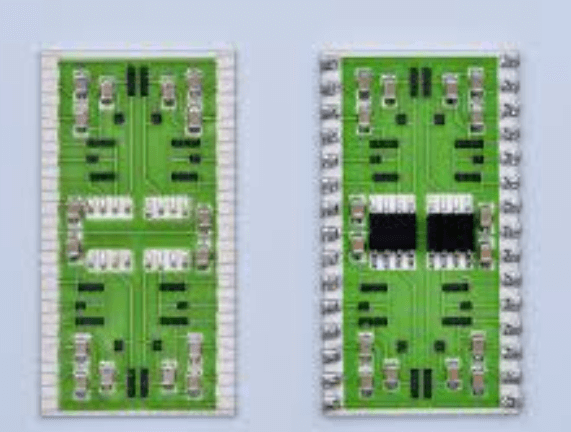
Innovations In Copper Pad Technology For Modern PCBs
In the realm of modern electronics, printed circuit boards (PCBs) serve as the foundational backbone, enabling the intricate interconnections required for complex electronic devices. Central to the functionality and reliability of these PCBs are copper pads, which act as the critical interface points for component mounting and electrical connectivity. Over the years, innovations in copper pad technology have significantly enhanced the performance, durability, and manufacturability of PCBs, addressing the ever-evolving demands of the electronics industry.
One of the most notable advancements in copper pad technology is the development of high-density interconnect (HDI) PCBs.
HDI technology allows for a greater number of copper pads within a given area, facilitating the miniaturization of electronic devices without compromising performance. This is achieved through the use of microvias, which are tiny holes that connect different layers of the PCB. These microvias enable more efficient routing of electrical signals, thereby reducing signal loss and improving overall device performance. Consequently, HDI PCBs have become indispensable in the production of smartphones, tablets, and other compact electronic devices.
In addition to HDI technology, the advent of surface finish innovations has played a crucial role in enhancing copper pad performance.
Traditional surface finishes, such as hot air solder leveling (HASL), have been largely supplanted by more advanced options like electroless nickel immersion gold (ENIG) and organic solderability preservatives (OSP). ENIG, for instance, provides a flat, smooth surface that is highly conducive to fine-pitch component placement, while also offering excellent corrosion resistance. OSP, on the other hand, is a cost-effective alternative that ensures good solderability and protects the copper pads from oxidation. These surface finishes not only improve the reliability of solder joints but also extend the overall lifespan of the PCB.
Moreover, the integration of advanced materials has further propelled the evolution of copper pad technology.
For example, the use of high-temperature laminates and substrates has enabled PCBs to withstand the rigorous thermal cycles associated with modern electronic applications. These materials ensure that the copper pads maintain their integrity and electrical conductivity even under extreme conditions, thereby enhancing the durability and reliability of the PCB. Additionally, the incorporation of flexible and rigid-flex materials has expanded the design possibilities for PCBs, allowing for more versatile and innovative electronic products.
Another significant innovation in copper pad technology is the implementation of advanced manufacturing techniques.
Laser direct structuring (LDS) is one such technique that has revolutionized the production of PCBs. LDS allows for the precise and efficient creation of copper pads and traces by using a laser to selectively activate a substrate, which is then metallized through a chemical process. This method not only improves the accuracy and resolution of the copper pads but also reduces production time and costs. As a result, LDS has become a preferred manufacturing technique for high-performance and high-reliability PCBs.
Furthermore, the advent of computer-aided design (CAD) software has greatly facilitated the optimization of copper pad layouts.
Modern CAD tools enable designers to simulate and analyze the electrical and thermal performance of PCBs, allowing for the identification and mitigation of potential issues before production. This ensures that the copper pads are strategically placed to maximize signal integrity and minimize electromagnetic interference, thereby enhancing the overall performance of the PCB.
In conclusion, the continuous innovations in copper pad technology have been instrumental in advancing the capabilities of modern PCBs. From HDI technology and advanced surface finishes to high-performance materials and cutting-edge manufacturing techniques, these advancements have collectively contributed to the development of more reliable, efficient, and compact electronic devices. As the electronics industry continues to evolve, it is certain that copper pad technology will remain at the forefront of PCB innovation, driving further progress and enabling the next generation of electronic products.

